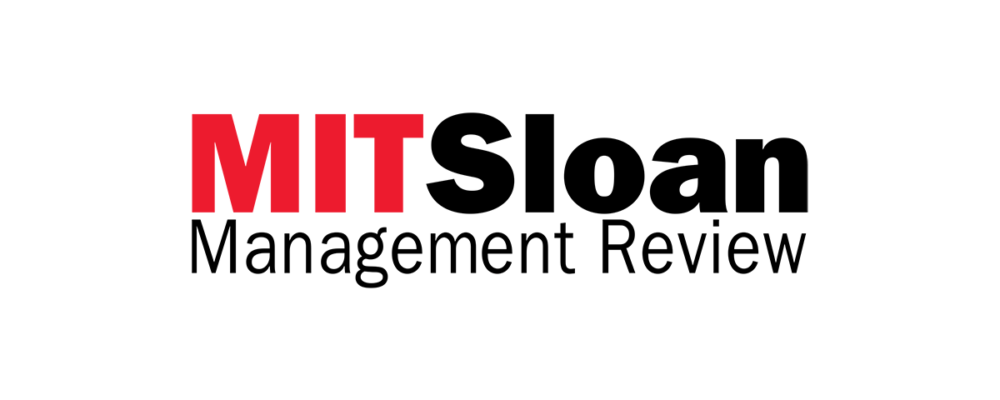Topics
Jon Krause/theispot.com
The Philippines isn’t new to foreign investment. Long considered one of the striving tiger cub economies, its bustling ports and big cities have represented attractive investment opportunities for companies like General Electric, KKR, and Cargill.1 However, despite its prime location, young English-speaking workforce, and considerable natural-resource wealth, its performance lags behind that of its Association of Southeast Asian Nations peers.2 For foreign businesses looking for the next great opportunity, the Philippines would likely be ignored as “been there, done that.”
But what if we told you that almost one-third of the country’s land, and much of its trillion dollars of untapped mineral resources, are located on Mindanao, an isolated, war-torn island in the country’s south?3 Sitting in GE’s shiny Manila offices, we asked a group of executives, mostly Filipinos, about how to capture this opportunity. They looked aghast. One asked, “Why would one ever go there?”
Get Updates on Innovative Strategy
The latest insights on strategy and execution in the workplace, delivered to your inbox once a month.
Please enter a valid email address
Thank you for signing up
In the race to tap emerging markets, most of the more developed parts of these economies have become saturated with foreign investment. The gleaming skyscrapers along Nairobi’s skyline offer evidence of the wide reach of globalization. Over the past 20 years, trillions of dollars have been poured into emerging markets, far beyond the obvious targets like India, China, and Brazil. Even countries like Rwanda that, as recently as 25 years ago, would have been considered impossible entry targets are now experiencing 8% growth.4 San Pedro Sula, a Honduran city that has appeared on numerous lists of the world’s most dangerous cities, now receives nine direct flights each day from the United States.
Confronted with the inexorable demands for growth and concerned with the potential for diminishing marginal returns, business leaders are scouring the map but finding fewer and fewer greenfield opportunities. They have begun to ask, “Where to next?” Welcome to the front lines.
The front lines are not areas that immediately come to mind when thinking about business investment. They hide in disputed corners of countries whose beaches and jungles may already appear on tourism brochures. However, the front lines are far from luxury vacation spots. Their distance from major cities leaves them disconnected from much of their home country’s infrastructure. National governments do not extend basic services like electricity or sanitation to these locales.
References
1. “Tiger cub economies” refers to five countries in Southeast Asia: Indonesia, Malaysia, the Philippines, Thailand, and Vietnam. The name makes reference to the four Asian “tiger economies” (Hong Kong, Singapore, South Korea, and Taiwan) and implies that the tiger cubs will follow a similar trajectory.
2. S. Moraje and F. Thompson, “Paths to Shared Prosperity for the Philippine Economy,” PDF file (Washington, D.C.: McKinsey, 2014), www.mckinsey.com.
3. “Mining in the Philippines: A New Chapter,” Australian Trade and Investment Commission, July 13, 2023, www.austrade.gov.au.
4. “Rwanda Maintains Strong Growth Momentum in Early 2023,” World Bank, July 11, 2023, www.worldbank.org.
Reprint #:
“The MIT Sloan Management Review is a research-based magazine and digital platform for business executives published at the MIT Sloan School of Management.”
Please visit the firm link to site






